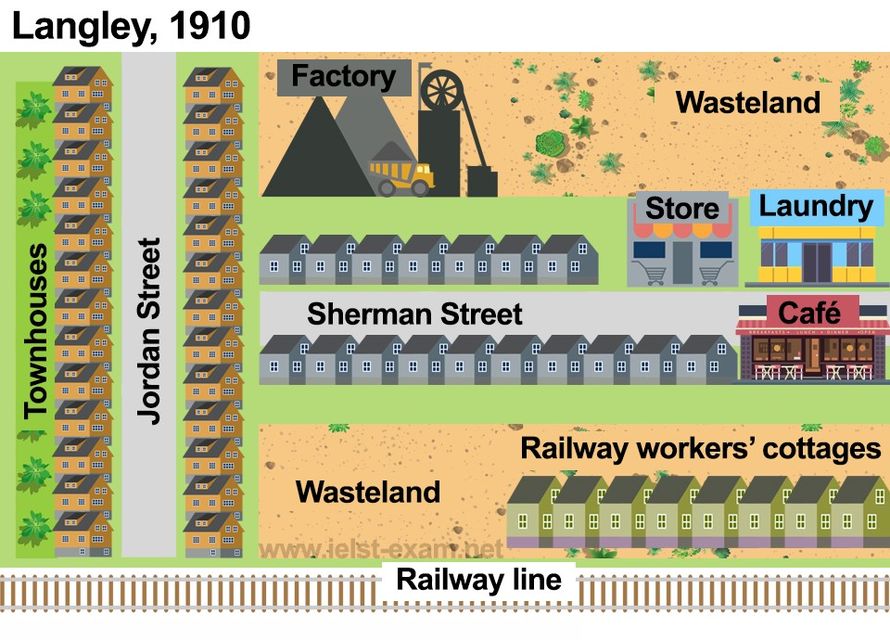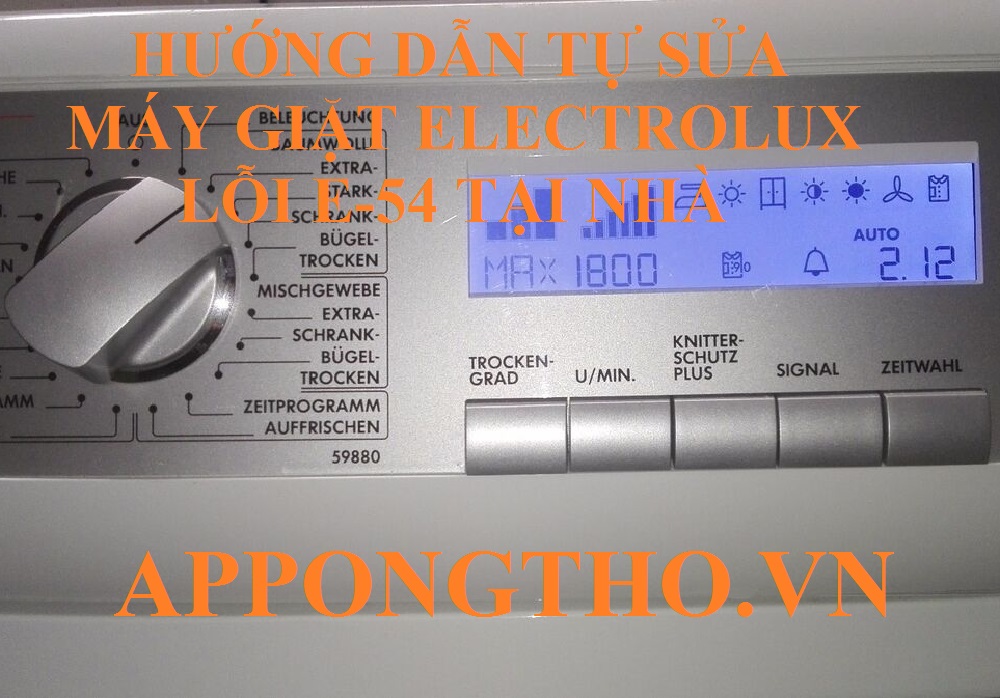Mạo từ A, an, the trong tiếng Anh ( ARTICLE ) là một phần quan trọng đặc biệt quan trọng với Writing, bạn cần chắc như đinh về Mạo từ nếu không sẽ bị nhìn nhận ngữ pháp không tốt và hoàn toàn có thể giảm điểm của bạn. Vì thế, hãy quan tâm đến mạo từ bạn nhé. Hãy cùng rèn luyện thêm dưới đây .
Dùng để nói về một sự vật hoặc vấn đề bất kể nào đó chưa được xác lập đơn cử. Lưu ý : “ a ” và “ an ” chỉ dành cho danh từ số ít và đếm được .
Ví dụ: I would like a cup of tea.
He is eating an apple.
Mạo từ trong tiếng Anh sử dụng cần đúng mực
2. “The” (Mạo từ xác định)
– Dùng để nói về một vật thể, sự việc nào đó đã xác định cụ thể.
Ví dụ: The movie that I love watching the most is “The Danish girl”.
– Dùng để nói về một sự vật là duy nhất.
Ví dụ: The moon is not a planet.
– Dùng để nói về một số danh từ riêng chỉ:
Quốc tịch: the Vietnamese, the Japanese
Nhóm các nước thống nhất : the USA, the UK, the Philippines, the UAE
Một số địa điểm lịch sử dân tộc nổi tiếng : the Great Wall of Trung Quốc
– Dùng trước tên nhạc cụ : the guitar, the violin
– Đứng trước các từ chỉ thứ tự : the second time, the last time, the first prize, the next page
– Đứng trước tính từ để nói về một nhóm người đơn cử : the rich, the poor, the talented .
– Có thể dùng cho cả danh từ đếm được và không đếm được : the water, the people .
– Thời gian : thập kỷ và thế kỷ, the 1990 s, the 20 th century, nhưng với năm, mùa, và tháng thì không dùng : in 2022, in summer, in August .
– Các buổi trong ngày : the morning, the afternoon, the evening ; tuy nhiên các thời gian đơn cử trong ngày như dawn, sun rise, midday, sun set, midnight thì không
– Người, vị trí, việc làm : the president, the prime minister, the king / queen nếu người đó còn sống hoặc đang đương chức ; hoặc khi nói về chính nhà chỉ huy quốc gia / tổ chức triển khai / cơ quan / trường học của mình .
Nếu người đã mất hoặc đã không còn giữ chức vụ nữa thì KHÔNG dùng the, và có thể thêm late (cố) hoặc former (cựu): Late President Fidel Castro of Cuba; Former President Donald Trump of the US.
the + adj = N số nhiều chỉ người – the poor, the rich, the disabled, the young, the elderly, the underprivileged, the French, the English
– Places : dùng THE với dãy núi the Alps, đại dương the Pacific Ocean, sông The Mekong River, 2 cực toàn cầu ( the North Pole, the Arctic, the South Pole, the Antarctic ), đường xích đạo the equator, toàn cầu / quốc tế the Earth, the world, the sun, the moon. Không dùng THE : 1 ngọn núi Mount Everest, hồ West Lake, lục địa Asia, hòn đảo Isle of Man, tên nước England, ngoại trừ các trường hợp the UK, the US, the Philippines, tên thành phố Moscow, tên hành tinh trong hệ mặt trời Venus, Mars
– Giải trí và thể thao: THE media, THE cinema/theater, the Internet, the news, the radio, THE supermarket; THE guitar/violin/piano
Không dùng the: TV, music, tên môn thể thao (football, basketball, karate, v.v)
– Lực lượng vũ trang : công an, quân đội, chữa cháy, thủy quân, không quân : the police, the army, the navy, the air force, the fire brigade ( thường là danh từ chỉ tập thể, coi là số nhiều )
3. Không có mạo từ
– Dùng cho danh từ không đếm được hoặc danh từ đếm được số nhiều để nói về một sự vật chung chung .
Ví dụ : Wood is the main ingredient to produce paper .
– Dùng để nói về 1 số ít danh từ riêng chỉ địa điểm, hoặc tên công ty, tên thương hiệu :
Đất nước : Vietnam, Myanmar, Italy
Con đường, Q., thành phố, bang : Ly Thuong Kiet street, Hanoi, Colorado, Manchester
Công ty, tên thương hiệu : Honda, Starbucks
Articles – Mạo từ trong Writing
Vấn đề sử dụng đúng mực các Articles – Mạo từ thường gây đau đầu rất nhiều học viên, và cả giáo viên. Chúng ta hãy cùng nghiên cứu và phân tích một ví dụ đơn thuần về việc sử dụng mạo từ qua bài viết sau đây nhé .
The given map illustrate how Langley town changed from 1910 to 1950 .
Overall, major trends of development are accommodation, traffic infrastructure, and other amenities.
In 1910, Langley had 2 main streets, namely Jordan street in the west and Sherman street in the middle, both had houses on their two sides. Sherman street also had a store, a café, and a laundry in its eastern end. There was a railway in the south, which was also the town’s boundary, and some cottages for railway workers were located nearby. A factory was in the north of the town, and all remaining areas were vacant land .
In 1950, the houses on Jordan street were replaced by 3 big apartment buildings, and the factory was demolished to make way for Sherman mansions. The cottages as well as the railway line and all the pieces of vacant land disappeared. A new road called New Lane was built, and all the 3 roads were interconnected. A park was built in the centre of the town with a children’s playground inside. The laundry and the café were relocated to the northeast, while three stores were in the southeast of the town. ( 188 w, band 7.0 )
Quy tắc chung:
A hoặc An được dùng với các N đếm được, số ít lần đầu tiên được nhắc tới/ giới thiệu: a store, a cafe, a factory, a park, etc
Mạo từ Zero – không viết gì cả – được dùng với các N đếm dc, số nhiều, lần đầu tiên được nhắc tới/ giới thiệu: trends, amenities, houses, railway workers, etc.
Hoặc các N không đếm được, được nhắc tới một cách chung chung, không cụ thể: development, accommodation, traffic infrastructure, etc.
Tên đường phố, thị trấn: Langley town, Jordan street, Sherman street, etc.
Mạo từ The dược dùng khi nói tới các sự vật cụ thể, ví dụ như
NHẮC LẠI các N đã được liệt kê trước đó bằng a/an: (đoạn văn thứ 2): the houses, the factory, the cottages, the railway, the laundry, etc
Sự vật mà cả người nói/viết và cả người nghe/đọc đều đã biết rõ: the maps (đề bài cho sẵn 2 cái maps, cả người đọc và người viết đều đã biết rõ).

Tham khảo thêm ngữ pháp :
Bài tập Mạo từ có đáp án
Exercise 1: Điền mạo từ thích hợp vào các chỗ trống để tạo thành một bài IELTS Writing task 1 hoàn chỉnh.
(1)………diagram explains the way in which bricks are made for the building industry. Overall, there are seven stages in the process, beginning with the digging up of (2)……..clay and culminating in delivery.
To begin, (3)…….clay used to make the bricks is dug up from the ground by (4)………large digger. This clay is then placed onto (5)……metal grid, which is used to break up (6)………clay into smaller pieces. (7)………… roller assists in this process.
Following this, sand and water are added to the clay, and this mixture is turned into bricks by either placing it into a mould or using ( 8 ) … … .. wire cutter. Next, these bricks are placed in ( 9 ) … … .. oven to dry for 24 – 48 hours .
In the subsequent stage, the bricks go through a heating and cooling process. They are heated in a kiln at a moderate and then a high temperature ( ranging from 200 c to 1300 c ), followed by a cooling process in a chamber for 2 – 3 days. Finally, ( 10 ) … … …. bricks are packed and delivered to their destinations .
Exercise 2: Chọn đáp án đúng nhất cho mỗi câu sau đây.
1. We are looking for _______ place to spend ________ night.
A. the/the B. a/the C. a/a D. the/a
2. Please turn off ________ lights when you leave ________ room.
A. the/the B. a/a C. the/a D. a/the
3. We are looking for people with ________experience.
A. the B. a C. an D. x
4. Would you pass me ________ salt, please?
A. a B. the C. an D. x
5. Can you show me ________way to ________station?
A. the/the B. a/a C. the/a D. a/the
6. She has read ________interesting book.
A. a B. an C. the D. x
7. You’ll get ________shock if you touch ________ live wire with that screwdriver.
A. an/the B. x/the C. a/a D. an/the
8. Mr. Smith is ________ old customer and ________ honest man.
A. An/the B. the/an C. an/an D. the/the
9. ________ youngest boy has just started going to ________ school.
A. a/x B. x/the C. an/x D. the/x
10. Do you go to ________ prison to visit him?
A. the B. a C. x D. an
11. ________eldest boy is at ________ college.
A. a/the B. the/x C. x/ a D. an/x
12. Are you going away next week? No, ________ week after next.
A. an B. a C. the D. x
13. Would you like to hear ________ story about ________ English scientist?
A. an/the B. the/the C. a/the D. a/ an
14. There’ll always be a conflict between ________ old and ________ young.
A. the/the B. an/a C. an/the D. the/a
15. There was ________ collision at ________ corner.
A. the/a B. an/the C. a/the D. the/the
Exercise 3: Đọc câu chuyện sau và điền mạo từ thích hợp vào chỗ trống.
1. There was ________knock on ________door. I opened it and found ________small dark man in ________blue overcoat and _______woolen cap .
2. He said he was ________employee of ________gas company and had come to read ________meter.
3. But I had ________suspicion that he wasn’t speaking ________truth because ________meter readers usually wear ________peaked caps .
4. However, I took him to ________ meter, which is in ________dark corner under ________ stairs .
5. I asked if he had ________ torch ; he said he disliked torches and always read ________ meters by ________light of ________match .
6. I remarked that if there was ________leak in ________ gas pipe there might be ________ explosion while he was reading ________meter .
7. He said, “ As ________matter of ________fact, there was ________explosion in ________last house I visited ; and Mr. Smith, ________owner of ________house, was burnt in ________face. ”
8. “ Mr. Smith was holding ________lighted match at ________time of ________explosion. ”
9. To prevent ________possible repetition of this accident, I lent him ________torch .
10. He switched on ________torch, read ________meter and wrote ________ reading down on ________back of ________envelope .
11. I said in ________surprise that ________meter readers usually put ________readings down in ________book .
12. He said that he had had ________book but that it had been burnt in ________fire in________ Mr. Smith’s house .
13. By this time I had come to ________conclusion that he wasn’t ________genuine meter reader ; and ________moment he left ________house I rang ________police .
Exercise 4: Điền mạo từ thích hợp để tạo thành một bài IELTS Speaking Part 3 hoàn chỉnh.
Why do you think people need to show their status in society ?
I believe that this is because it’s important in (1)……….society to show you have money or are successful – it is nature, or (2)……….way we are brought up, that makes us feel like this, but also the pressure that society puts on everyone to be successful. And showing status is basically showing that you have (3)……….money and you have success, so this is what people want to do. Going back to the example of the car, driving around in a Mercedes is (4)………very conspicuous show of status – it basically says to people, “Look, I am successful and I have money.” Another reason is possibly for respect. In many cultures, if someone has high status, then they will be respected by others and they may receive (5)………..preferential treatment.
ĐÁP ÁN
Exercise 1
1. The
2. x
3. the
4. a
5. A
6. the
7. A
8. a
9. an
10. The
Exercise 2
1. B
2. A
3. D
4. B
5. A
6. B
7. B
8. C
9. D
10. A
11. B
12. C
13. D
14. A
15. C
Exercise 3
1. a – the – a – a – a
2. an – the – the
3. a – the – x – x
4. the – the – the
5. a – x – the – a
6. a – a – an – the
7. a – x – an – the – the – the – the
8. a – the – the
9. a – a
10. the – the – the – the – an
11. x – x – the – a
12. a – the – x
13. the – a – the – the – the
Exercise 4
1. x
2. the
3. x
4. a
5. x
Các bạn hãy quan tâm sử dụng liên tục các mạo từ để hiểu rõ cách vận dụng cho bài thi IELTS của mình nhé ! Nếu còn vướng mắc gì hoàn toàn có thể comment ở dưới đây để IELTS Fighter giải đáp và tương hỗ nhanh nhất nhé ! Chúc các bạn học tốt và đạt điểm trên cao !








